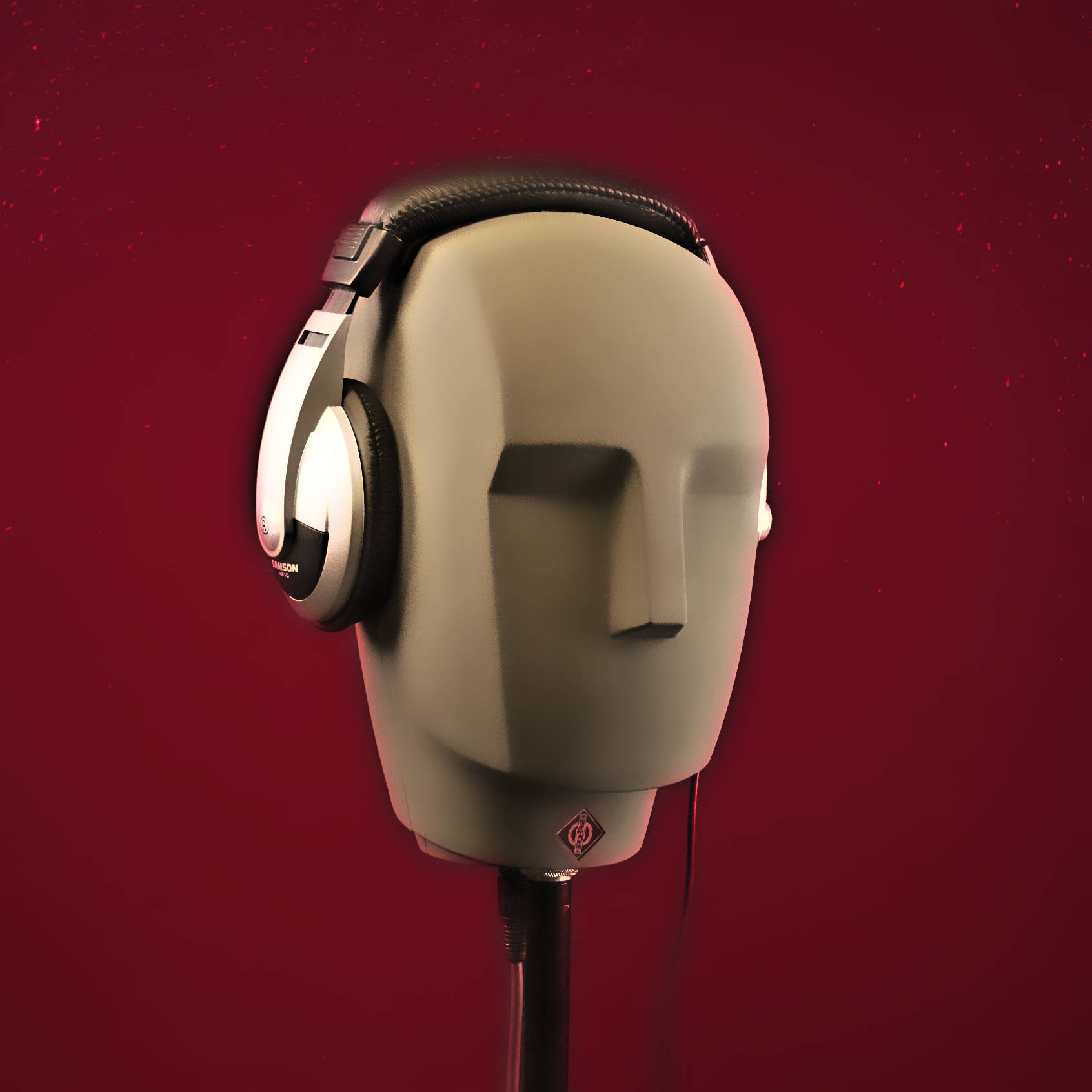Localization is a great idea, but it’s not my top priority at FOH.
Please Remember:
The opinions expressed are mine only. These opinions do not necessarily reflect anybody else’s opinions. I do not own, operate, manage, or represent any band, venue, or company that I talk about, unless explicitly noted.

 Want to use this image for something else? Great! Click it for the link to a high-res or resolution-independent version.
Want to use this image for something else? Great! Click it for the link to a high-res or resolution-independent version.As an FOH guy, I haven’t really given two hoots about regular stereo for many years. Since I also sit in the monitor-beach chair, though, I find stereo – or rather, multichannel output, interesting and helpful on occasion.
Why the difference?
Your Friend, Localization
Let’s start by saying that “localization” is a good thing. A listener being able to recognize a specific point in space where a particular sound comes from is very useful when many sounds are happening together. It increases perceived clarity and/ or intelligibility; Instead of hearing one giant sound that has to be picked apart, it’s far more mentally apparent that multiple sounds are combining into a whole.
When localization gets tossed out the window, volume and tone are pretty much all you have available for differentiation of sources. This can lead to a volume war, or just high-volume in general, because it’s tougher to get any particular source to really stand out. The fewer differences you have available, the bigger the remaining differences have to be in order to generate contrast.
The thing with localization, though, is that its helpfulness erodes as the consistency of its perception decreases. In other words, it’s best when the entire intended audience is getting the same experience.
Everybody Getting The Show That’s Right For Them
In monitor world, consistency of perception is generally not much of a problem. I’m basically mixing for an audience of one, multiple times over. Even with wedges and fills all banging away and bleeding into one another, we can construct a (relatively) small number of solutions that are “as right as possible” for each band member. Very nifty things are possible with enough boxes and sends. For instance, everybody in the downstage line might get two wedges. Wedge one might be just vocals, with each singer’s mic emphasized in their own mix, and the others faded into the background. Wedge two could be reserved for instruments only. With the vocals having their own position in space, they become easier to differentiate from everything else. These benefits of localization are consistent and maximized, because everybody has a solution that’s built for just them (and then balanced with all the other solutions happening on deck).
So, that’s monitor world. Do you see the potential problem with FOH?
In monitor world, assuming I have the resources, I get to hit each listener with at least one box each.
At FOH, I have to hit MANY listeners in many positions with only a few localized boxes in total. (A PA can be built of arrayed speakers, of course, but you generally don’t separately perceive each element in an array.)
This creates a consistency problem. The folks sitting right down the center of the venue are usually in a great position to hear all the localized boxes. Start getting significantly off to one side or another, though, and that begins to fall apart. More and more, one “side” of the PA tends to get emphasized as the audible, direct source, with the other side dropping off. If different channels are significantly panned around, then, the panning can be a large contributor to different people getting a very different, and possibly incorrect “solution.”
It’s not that the people in the center never get a different show than the people off to the sides anyway, it’s that trying to mix in stereo can make that difference even bigger.
As much as is practicable, I want to be mixing the same show for everybody in the seats. That means that each speaker/ array/ side is producing the same show. (Now, if I get to have a dedicated center box or array that hits everybody equally and lets me localize vocals, well, that’s something.)
Another reason that I don’t generally expend energy on stereo mixing for FOH is because the stage tends to work against me. In plenty of cases, a particular source on deck is VERY audible, even with the PA, and basically seems to be localized in the center. This tends to collapse any stereo effect that might be going on, unless the PA gets wound up enough to be far louder than the on-stage source. Quite often, that amount of volume would be overwhelming to the people in the seats.
Caveats
First, I want to make sure that I’m NOT saying that mixing a live show in stereo is “wrong.” I don’t advise it, and I generally think that it’s not the best use of limited resources, but hey – if it’s working for you, and you like it, and it’s not causing you any problems, then that’s your thing.
Also, Dave Rat is a proponent of using relatively subtle differences from one PA “side” to another to help reduce comb-filtering issues in the middle. I think that’s an astute observation and solution on his part. For me, it’s not quite worth worrying about, but maybe it is for you.